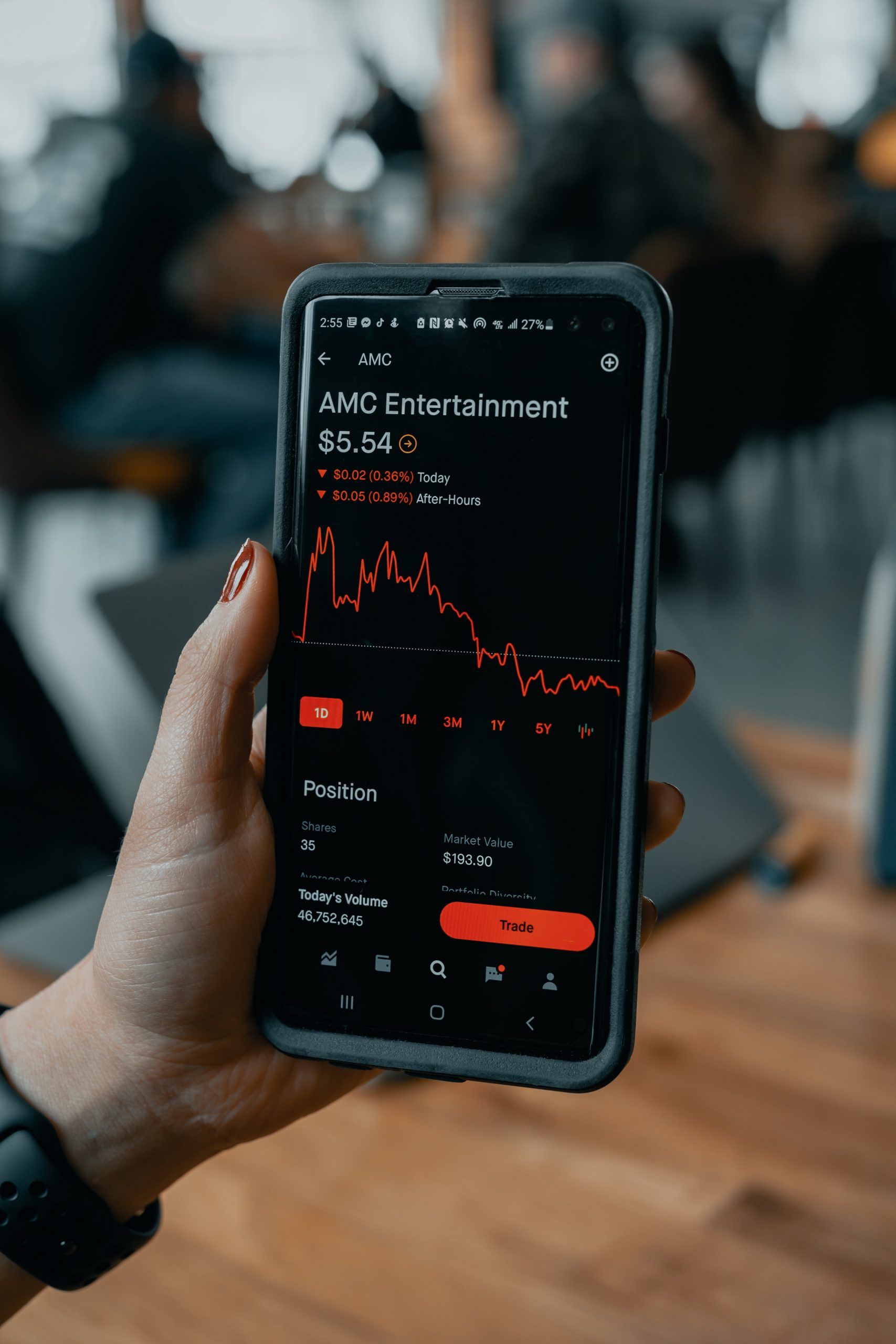
FX indicators: what is QE?
admin
- 0
When it comes to trading in the foreign exchange market, there are various tools and techniques that you can use to help you make more informed and successful trades. One of these tools is known as an FX indicator.
An FX indicator is a tool used by traders to gain insights into the behaviour of the foreign exchange market. By analysing the data provided by an FX indicator, traders can better understand how prices are likely to move in the future and make more informed trading decisions.
Selecting one best suited to your trading style and needs is essential when choosing an FX indicator. Remember that no single indicator is perfect. It is often necessary to use a combination of different indicators to get the most accurate picture of the market.
What is QE?
Central banks’ monetary policy of quantitative easing (QE) is designed to boost the economy when conventional measures have failed. The central bank purchases government bonds or other financial assets to put money in circulation and stimulate borrowing and spending. Quantitative easing aims to boost economic growth and inflation while avoiding deflationary spirals.
A brief history of QE
American economist Milton Friedman first proposed the use of QE in the 1960s to combat deflation. However, it wasn’t until after the global financial crisis of 2008 that central banks widely adopted QE.
The U.S. Federal Reserve implemented the first round of quantitative easing in response to the financial crisis of 2007-2008. The Fed began by purchasing $600 billion worth of mortgage-backed securities to lower mortgage rates and spur lending and investment. The Fed expanded the program in subsequent years, and by the time it ended in 2014, the Fed had purchased a total of $4.5 trillion in assets.
Other central banks followed suit, with the Bank of England, the European Central Bank, and the Bank of Japan implementing their versions of quantitative easing in response to the global economic slowdown.
How traders can use QE
Quantitative easing can significantly impact financial markets, and savvy traders can use this information to make profits. For example, when the Fed implements quantitative easing, it typically weakens the U.S. dollar. More money is being created, which reduces the value of each dollar. As a result, traders who anticipate this development can sell the dollar short and profit from the decline.
Advantages
Quantitative easing is not without critics, who argue that it penalises savers and benefits borrowers. Others argue that quantitative easing delays the inevitable and eventually leads to higher inflation.
- It stimulates economic activity, which can help avoid a recession or deflation.
- It can increase inflation, which can help to reduce debt levels.
- It can encourage investment by making capital cheaper to borrow.
- It can help to lower interest rates, which stimulates borrowing and spending.
Disadvantages
There are also concerns that quantitative easing could create asset bubbles as investors seek out riskier assets in search of higher returns. However, many central banks have taken steps to prevent this by implementing forward guidance, which is designed to communicate their intentions to markets.
In summary
It can lead to asset bubbles as investors seek higher returns on riskier assets.
It can increase inequality, as those with assets benefit more from QE than those without.
It can lead to inflation if not carefully controlled.
It can devalue a currency, making exports more expensive and imports cheaper.
Why QE is important
Despite its critics, quantitative easing has been an effective tool for stimulating economic growth in times of crisis. By injecting money into the economy and encouraging lending and spending, quantitative easing can help to avoid deflationary spirals and spur economic activity. For traders, quantitative easing can also provide opportunities to make profits by anticipating market movements.
Conclusion
Overall, QE is a powerful tool that can positively impact the economy. However, traders must use it carefully to avoid any negative consequences.


